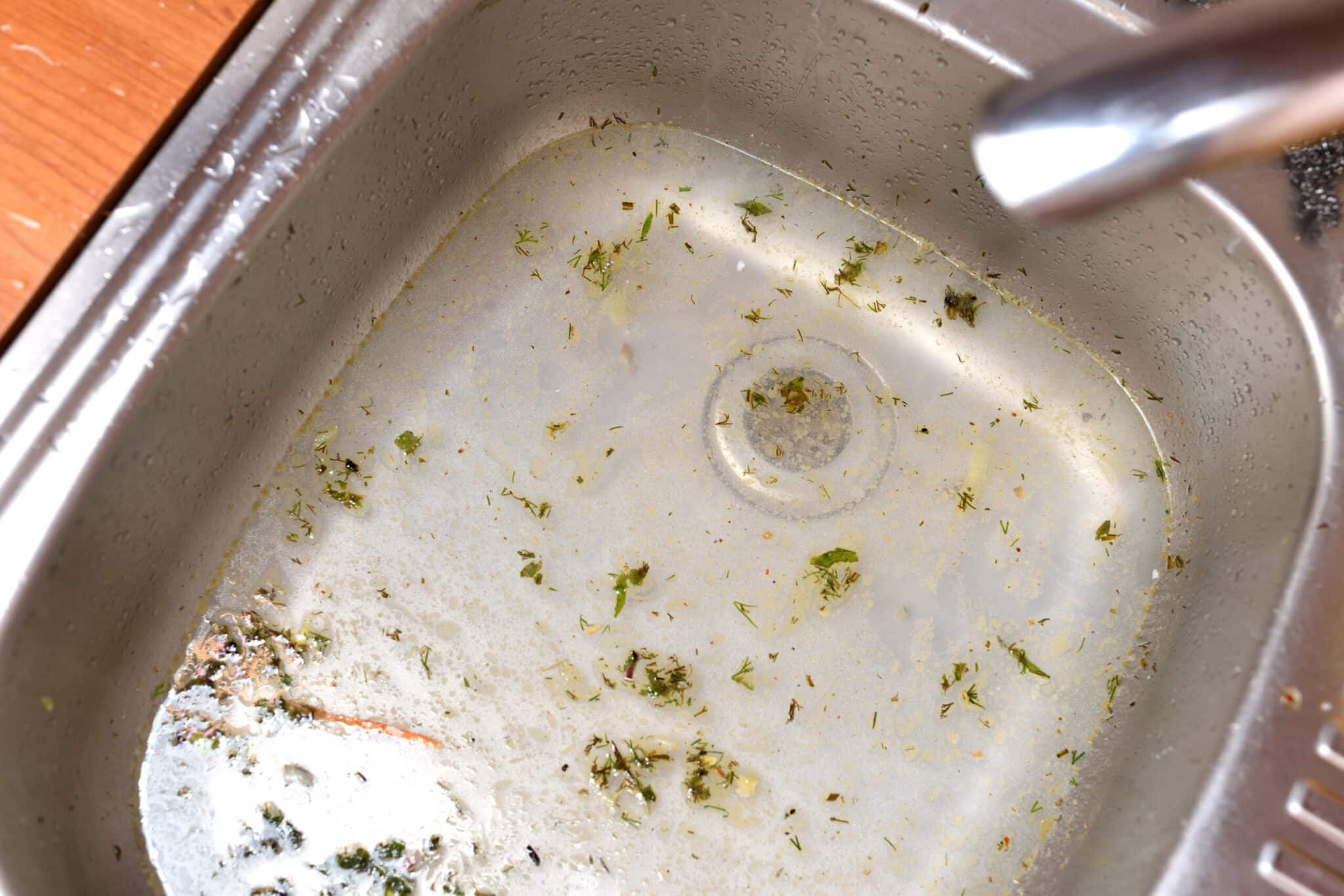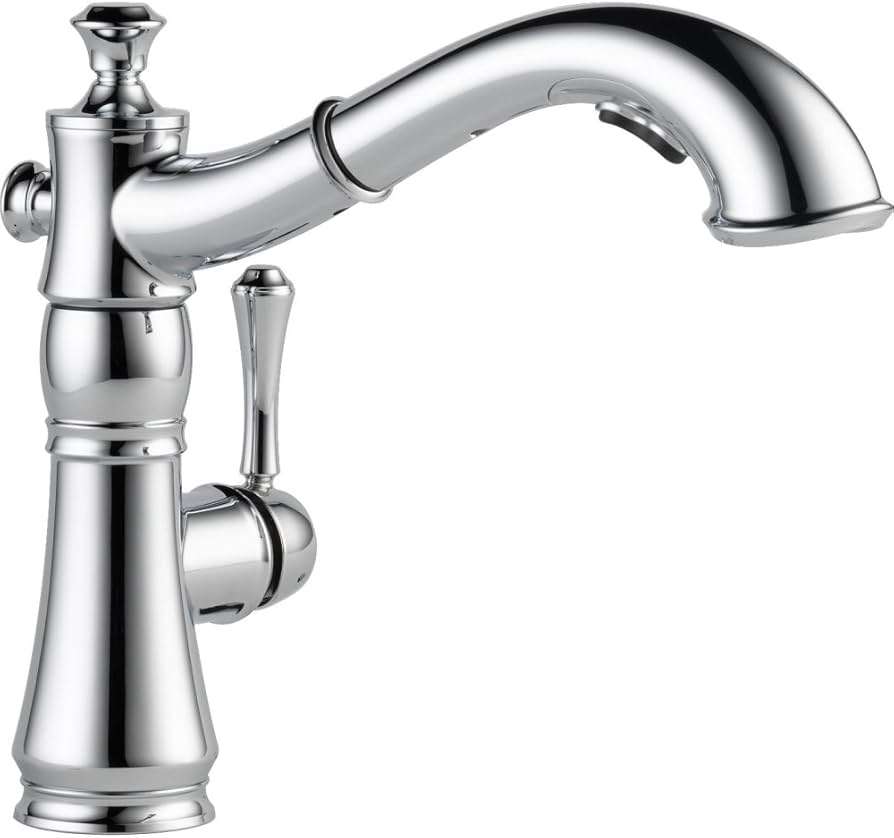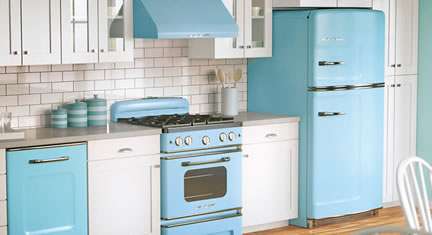The frustration of a malfunctioning kitchen sink soap dispenser is a common household woe. From leaky pumps to cracked bottles, these convenient devices are surprisingly prone to wear and tear. Understanding the available kitchen sink soap dispenser replacement parts is the first step to restoring functionality without the expense of a complete replacement. Knowing where to source these components and what to look for can save you time and money, allowing you to keep your kitchen clean and efficient. This guide will navigate the world of kitchen sink soap dispenser replacement parts, empowering you to make informed decisions and tackle the repair process with confidence.
Identifying the Faulty Component
Before diving into the world of replacement parts, it’s crucial to pinpoint the exact source of the problem. This will save you from purchasing unnecessary components and ensure a successful repair. Common issues include:
* **Pump Malfunction:** The pump is responsible for drawing soap from the bottle and dispensing it; Problems can stem from a broken spring, clogged nozzle, or worn-out seals.
* **Leaky Bottle:** Cracks, especially near the base or neck of the bottle, can lead to persistent leaks.
* **Damaged Hose:** The hose connecting the pump to the bottle can become brittle, cracked, or disconnected, resulting in a loss of suction.
* **Corroded or Broken Mounting Hardware:** The hardware that secures the dispenser to the sink can corrode or break, leading to instability or complete detachment.
Sourcing Replacement Parts
Finding the right kitchen sink soap dispenser replacement parts can be easier than you think. Here are some common sources:
* **Manufacturer’s Website:** This is often the best place to find original equipment manufacturer (OEM) parts, ensuring a perfect fit and compatibility.
* **Online Retailers:** Sites like Amazon, eBay, and specialized plumbing supply stores offer a wide selection of aftermarket and OEM parts.
* **Local Hardware Stores:** Many hardware stores carry a basic selection of replacement parts, particularly for common brands.
* **Plumbing Supply Stores:** These stores typically have a more extensive inventory of specialized plumbing components, including soap dispenser parts.
Considerations When Choosing Parts
* **Brand and Model:** Knowing the brand and model of your soap dispenser is essential for finding compatible parts.
* **Material:** Choose parts made from durable, corrosion-resistant materials like stainless steel or high-quality plastic.
* **Measurements:** If possible, measure the dimensions of the faulty part to ensure a proper fit.
* **Reviews:** Read online reviews to gauge the quality and performance of different replacement parts.
The Repair Process: A Step-by-Step Guide
1. **Turn off the water supply:** This will prevent any accidental leaks during the repair process.
2. **Disconnect the soap dispenser:** Carefully detach the dispenser from the sink and remove the soap bottle.
3. **Identify the faulty part:** Refer to your initial diagnosis to confirm the problematic component.
4. **Remove the damaged part:** Use appropriate tools (e.g., screwdrivers, pliers) to carefully remove the faulty part.
5. **Install the replacement part:** Follow the manufacturer’s instructions to install the new part correctly.
6. **Reconnect the soap dispenser:** Reattach the dispenser to the sink and reconnect the soap bottle.
7. **Test the dispenser:** Turn on the water supply and test the dispenser to ensure it is functioning properly.
PREVENTATIVE MAINTENANCE FOR EXTENDED LIFESPAN
While addressing component failures is crucial, proactive maintenance practices are paramount to prolonging the operational life of your kitchen sink soap dispenser. Regularly flushing the system with warm water, particularly when switching between soap types or if the dispenser remains unused for extended periods, will mitigate the risk of clogs and solidify soap residue within the internal mechanisms. Furthermore, the use of appropriate soap formulations, specifically those designed for dispenser compatibility and devoid of abrasive particles, can minimize wear and tear on the pump assembly and internal seals. Diligent adherence to these preventative measures will invariably reduce the incidence of premature component failure and the subsequent need for replacement interventions.
ADVANCED TROUBLESHOOTING TECHNIQUES
In certain instances, the source of dispenser malfunction may not be immediately apparent. Employing advanced troubleshooting techniques can prove invaluable in accurately diagnosing the underlying issue. If the pump exhibits diminished dispensing capacity, inspect the hose for kinks or obstructions that may impede the free flow of soap. A visual inspection of the pump cylinder and piston for signs of scoring or pitting can also reveal potential causes of pressure loss. In cases of persistent leakage, a pressure test of the bottle and associated fittings may be necessary to identify subtle cracks or compromised seals not readily visible upon initial inspection. These diagnostic procedures, while requiring a more discerning approach, can ultimately lead to a more precise and effective repair strategy.
COMPARATIVE ANALYSIS OF AFTERMARKET VS. OEM PARTS
The selection between aftermarket and Original Equipment Manufacturer (OEM) replacement parts often presents a dilemma. While aftermarket parts may offer a cost-effective alternative, it is imperative to carefully evaluate their quality and compatibility. OEM parts, conversely, are engineered to exacting specifications and guaranteed to integrate seamlessly with the existing dispenser assembly. A comparative analysis of key factors, as outlined in the table below, can assist in making an informed decision.
Feature
Aftermarket Parts
OEM Parts
Price
Generally Lower
Generally Higher
Quality
Variable; can range from substandard to comparable
Consistent; adheres to manufacturer’s standards
Compatibility
May require modification or adaptation
Guaranteed compatibility
Warranty
May have limited or no warranty
Typically covered by manufacturer’s warranty
Longevity
Potentially shorter lifespan
Expected lifespan comparable to original component
The judicious selection of kitchen sink soap dispenser replacement parts, informed by a thorough understanding of the underlying failure mechanisms and a comparative analysis of available options, is paramount to ensuring a durable and efficient repair. Prioritizing quality and compatibility, even at a slightly higher initial cost, often translates to long-term savings and a reduced risk of future malfunctions.






